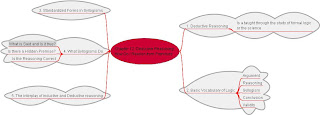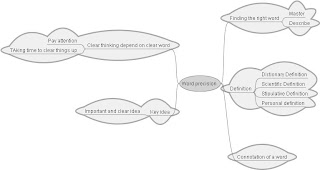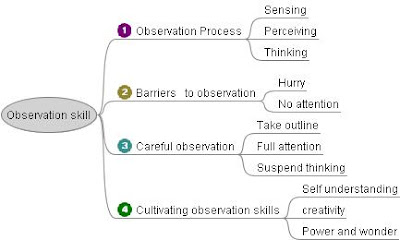
The ability to detach from one’s own point of view and assume another’s is an important skill; it enables us to communicate better with others and gain new perspectives.In literature an author can choose a third person to tell the story with omniscient or limited understanding.
Other choices of viewpoint include a first-person narrative told by character or the multiple points of view shared by several characters.Viewpoints, like assumptions, opinions, and evaluations, may or may not be consciously recognized.
Unconscious viewpoints include the egocentric, ethnocentric, religiocentric, andocentric, and anthropocentric.U.S. politics cannot be defined in terms of a simple left-to-left spectrum of viewpoints.News framing describes the way an editor uses layout design, placement, and headlines to sensationalize, downplay, exaggerate, or convey importance
.Discovery Exercises p.220-
Viewpoints: What's the Filter?
Viewpoint: The position of the camera in relation to the subject.
Point of view: the perspective from which a story is told.
Attitude: a complex mental state involving beliefs and feelings and values and dispositions to act in certain ways.
Bias: influence in an unfair way, a partiality that prevents objective consideration of an issue or situation.
Perspective: Perspective may mean: Literally, in visual topics:
Perspective (visual), is the way in which objects appear to the eye.
Perspective (graphical), means to represent the effects of visual perspective in drawings.
Frame of reference: A frame of reference is a particular perspective from which the universe is observed.
Specifically, in physics, it refers to a provided set of axes from which an observer can measure the position and motion of all points in a system, as well as the orientation of objects in it


























